Titian: The Timeless Legacy of a Master Artist
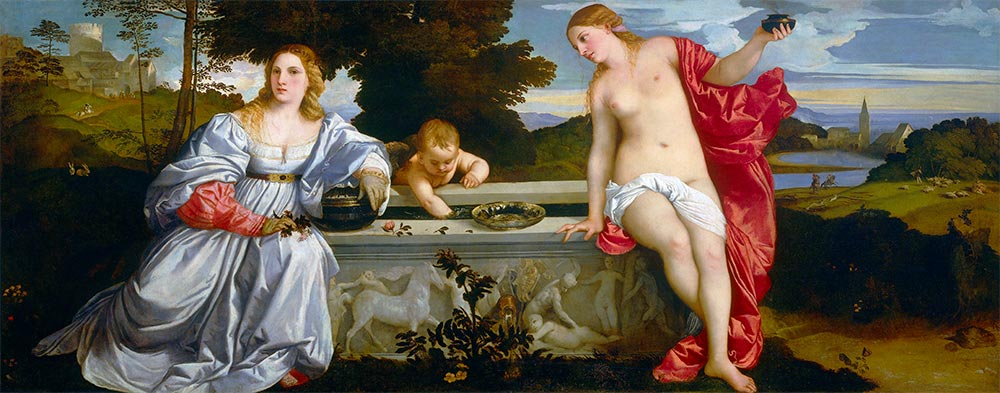
"Titian, who graced not only the city of Venice but all Italy and other parts of the world with his wonderful paintings, deserves to be loved and revered by artists and in many ways to be revered and followed as a master who created and still creates works worthy of endless praise, which will live as long as the memory of great men lives..." - we read in Titian's biography published in 1568, Vasari, the chronicler of the Italian Renaissance.
As the child of a wealthy family from a small village on the southern slopes of the Dolomites, the nine-year-old Titian came to Venice to study for mosaic master. We do not know the year of his birth, but it is thought to have been between 1477 and 1490. He worked with fresh energy until the last day of his life, whose life the plague puts an end to. "Titian was always in very good health and happy like few of his profession; and heaven bestowed on him nothing but favours and prosperity. All the princes, scribes, and noble people who visited or lived in his time in that city came to his house in Venice, for not only was his art beautiful, but as a man he was very good, of wonderful manners and the most refined manners and behaviour," writes Vasari, who has rarely had occasion to give such a characterization of a Renaissance artist. Unlike Michelangelo's life and milieu, filled with violent passions and perpetual conflicts with his contemporaries, Titian's path shows an even ascent to success as an artist and a man.
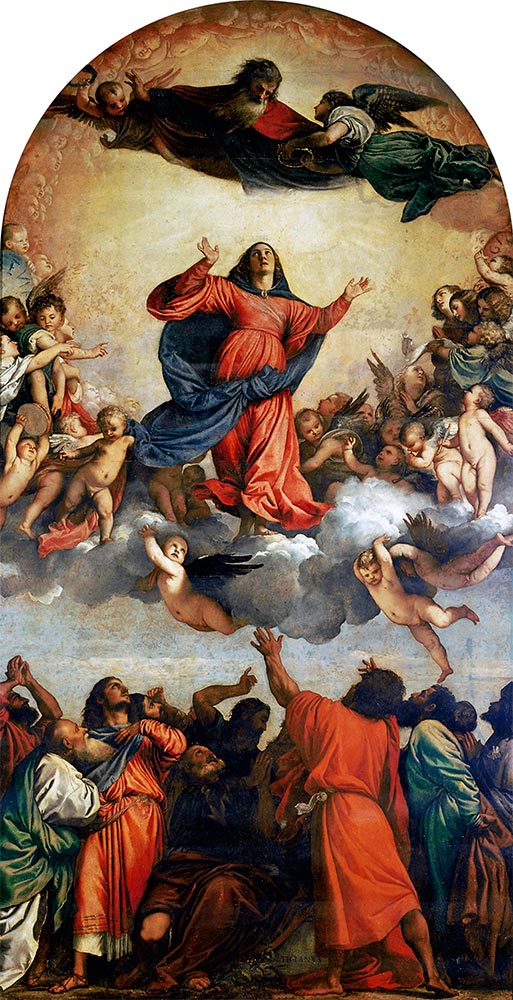
He had the opportunity to work in the studios of Giovanni Bellini and Giorgione, and after the deaths of his teachers he was given the title of official painter of the Republic in 1516. In 1518, he completed the huge altarpiece "The Assumption of the Virgin", made for the Franciscan Church, which laid the foundations of his fame. From that moment Titian rose to the forefront of painters in the city. He was a true king among Renaissance painters. As a guild citizen he carefully amassed estates, but he was a friend of Italian rulers and princes, portrayed noble members of the d'Este, Rovere, Gonzaga and Farnese families, worked for Pope Paul III and was awarded a great honour of historical significance - to be court painter and friend of the German-Roman Emperor Charles V. The series of portraits of the Emperor and of his son Philip II are wonderful and truthful human documents of the time, and Titian's magnificent portraits of the Doge of Venice and of his friend Aretino are most credible "illustrations" of the period. Like Shakespeare, he immortalized emperors, Doges, generals and many types of beautiful women alongside the great personalities of the Renaissance.
Throughout his long life, Titian was a prolific artist and produced works in almost every genre. He was the greatest portraitist and yet painted the first landscape of the Italian Renaissance. His main subject is the perfect beauty of man. In the Renaissance age he was a preacher of the ideal of beauty, of the unity of bodily and spiritual beauty. By immortalizing in his works the beauty of immediately perceptible phenomena, he perceived not only the fleeting but also the classically eternal in them. Titian's world-view, formed over a century, reached its ultimate expression, so that his work is not that of a pioneer but of a graduate. The beauty, the joys of life, the calm confidence and monumentality of the Renaissance pervade the long line of his religious paintings, mythological compositions and portraits. In his religious works, the figures of the Madonna and the saints perform the roles assigned to them by ecclesiastical themes with infinite serenity and serenity, and the scenes in which they appear, the clothes they wear and their demeanour evoke the life of Venice at the time. His mythological paintings adorned the palaces of Renaissance princes. These are complex allegorical representations: the true meaning of 'Sacred and Profane Love' is still unclear today, but the 'Bacchus and Ariadne', 'The Education of Cupid', 'Nymph and Shepherd', and the subject of the painting 'Lucretia and Tarquinius', taken from Roman history, spoke more to Titian's contemporaries than they do to us today.
As a man, Titian was a model for the Venetian masters. As a painter, he was eternally contemporary. It is no accident that the Impressionists of the last century found in the late Titian the master of inexhaustible exuberance in painting. His consummate painterly mastery was in all likelihood felt by his contemporaries. In one of his descriptions of a sunset in Venice, Aretino sees that painterly charm which only Titian's brush can immortalise. His painterly manner, which was a novelty for the Renaissance period - on a dark reddish brown background he gradually applied lighter and lighter colours and tones - was turned by the following centuries into law, into a binding formula applied until the end of the Baroque. To this day, he remains an unsurpassed master of the color and is perhaps the first master in European painting whose creative life can be traced from beginning to end in the way he handled brush and paint.
Today, the beauty of Titian's paintings can be cherished in homes worldwide, all thanks to mastery hand-painted oil on canvas reproductions and magnificent giclée fine art prints on canvas. His timeless legacy endures, enchanting a new generation of art aficionados with the sheer magic of his artistic brilliance.

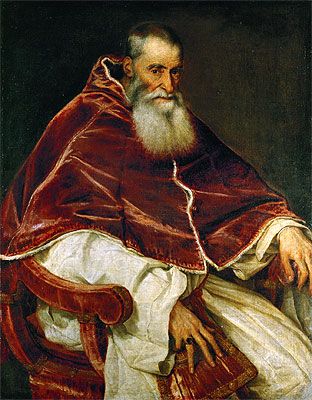
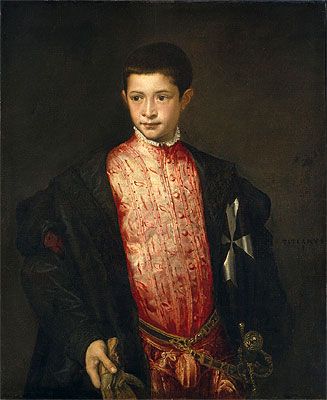
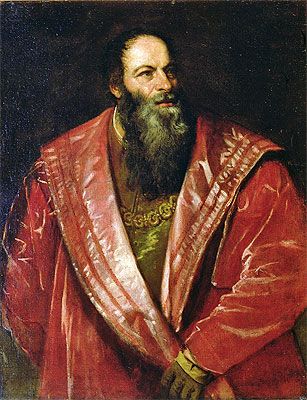
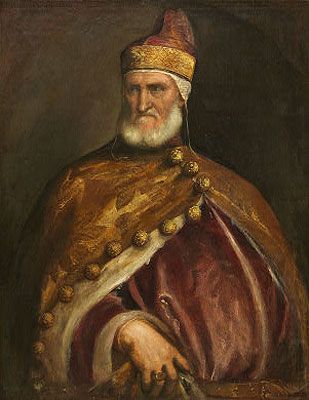
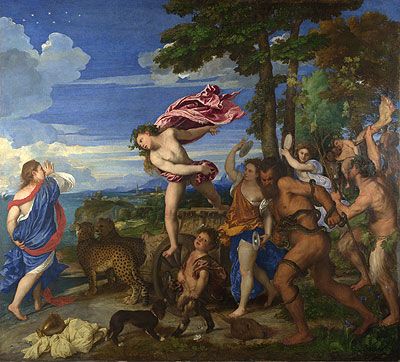
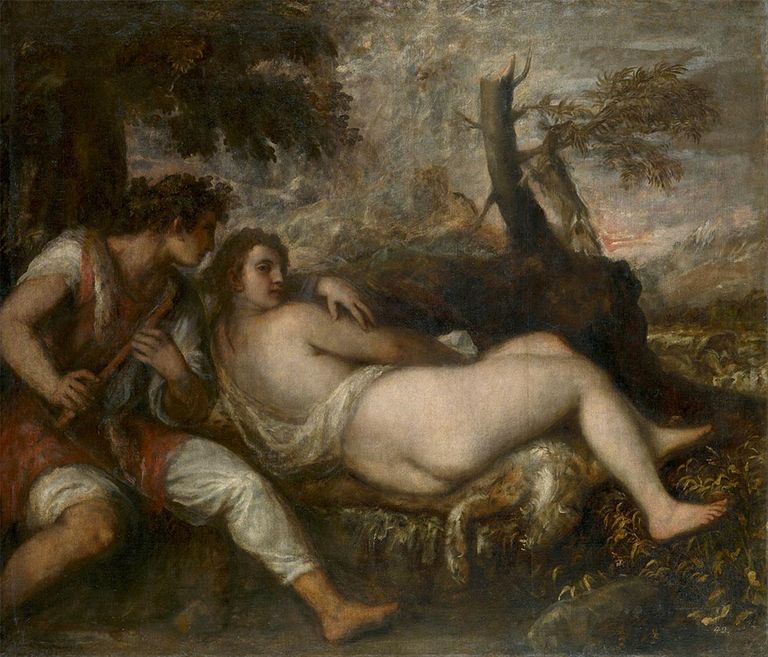
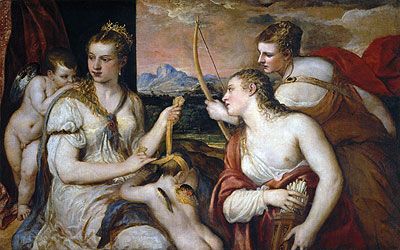
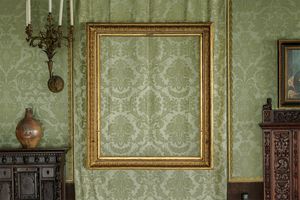
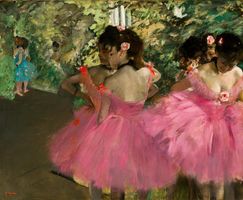
Comments